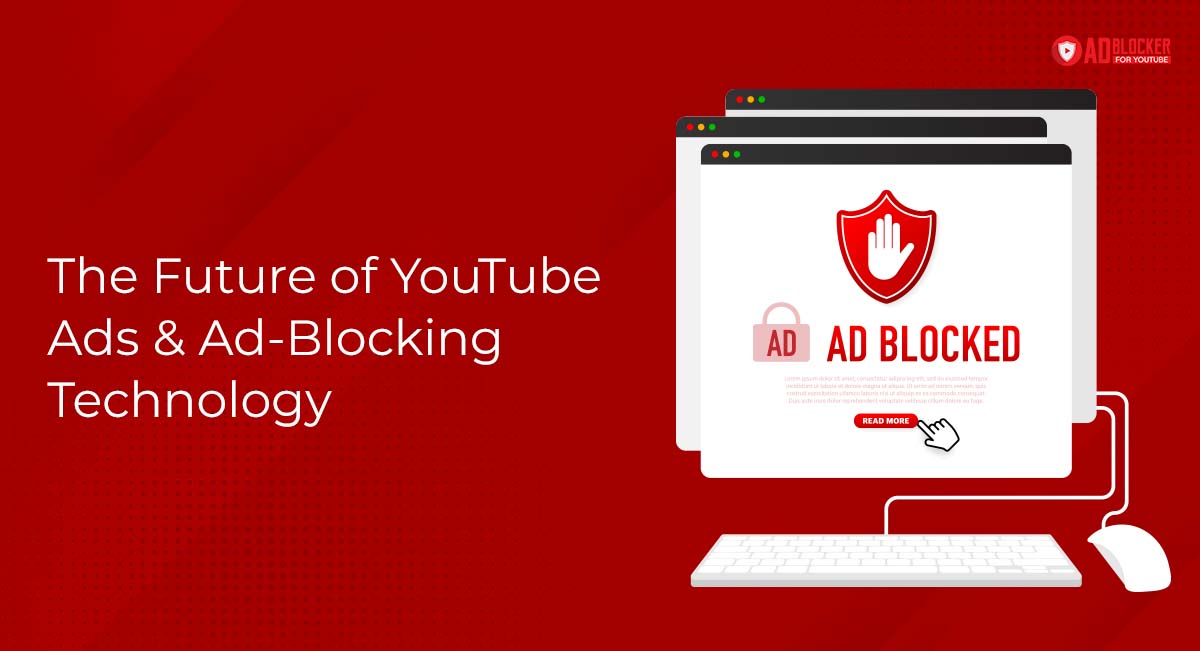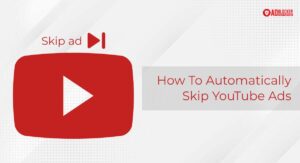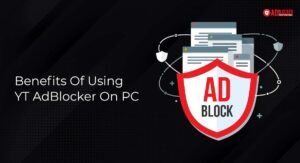
As more and more people use ad-blockers to avoid traditional ads, it’s important to think about what the future holds for YouTube ads and ad-blocking technology. As one of the most popular video-sharing platforms in the world, YouTube’s advertising practices and how users interact with them have far-reaching consequences. This article examines the future of YouTube advertisements and ad-blocking technology, exploring the trends and innovations that are reshaping the industry. In addition, we will investigate the potential impact of these trends on YouTube and its users, as well as the moral implications.
Importance of Considering The Future of YouTube Ads & Ad-Blocking Technology
These are five reasons you should be thinking about the future of YouTube ads, and ad blocking technology.
- YouTube is the number one advertising platform in the world: YouTube has more than 2 billion users monthly. YouTube is also one of the most popular advertising platforms. It’s important to learn about its practices and how users interact.
- Ad-blockers have become more popular: Ad-blockers are programs that block ads from appearing on websites or platforms such as YouTube. To avoid disruption from traditional advertising, users are increasingly turning to ad blockers. It’s important to think about how this trend could impact YouTube’s advertising practices as well as revenue streams.
- Personalized ads are increasingly popular: These personalized ads make use of data about users’ online activities and interests to show ads that are more relevant and appropriate to their preferences and needs. As advertisers strive to deliver more effective and targeted campaigns, this trend will likely continue. YouTube personalized ads can have both positive and negative effects.
- Ad-blocker blocking tools are on the rise: Ad-blocker blocks are software that stops ad-blockers working on websites or platforms. These tools can be used by companies to protect their revenue streams. However, they raise questions about the user’s autonomy and control.
- Native advertising is growing in popularity: Native advertising, a type of advertising that looks and feels like the content it surrounds, is becoming more popular. As advertisers strive to create more integrated and seamless campaigns, this trend will likely continue. You should consider both the benefits and drawbacks to native advertising on YouTube.
Potential Future Trends In Advertising & Ad-Blocking Technology
Future trends in advertising and ad-blocking technology could have a significant impact on the future of YouTube ads. Here are some:
Machine learning and AI are being used more: AI and machine learning are already being used to create personalized ads on YouTube and native advertising. These technologies will become more sophisticated in the future, and advertisers may be able to create more effective campaigns. Ad-blockers could become even more sophisticated, using AI to identify and block ads.
Transparency, user control, and privacy may be prioritized: As people become more concerned about privacy and data collection, advertising may place a greater emphasis on transparency.This could mean clearer advertising labels, greater options for opting out of data collection, and greater control over what ads are displayed.
Increased use of virtual and augmented realities: These technologies will likely become more common in the future. While this could enable immersive ads that are interactive and more interactive, it could raise privacy concerns and require consent from users.
New ad formats emerging: Technology advances will likely lead to new ad formats. Interactive ads, which allow users to interact with the content in new ways, or ads that integrate into virtual and/or augmented reality experiences While these new formats may offer advertisers new opportunities, they can also prove more difficult to block using traditional ad-blockers.
You Can Also Install: ChatGPT Extension For Google Chrome
FAQs
While ad-blockers are certainly a growing trend, it’s unlikely that they will completely replace traditional advertising on YouTube. Advertisers are constantly adapting their strategies to stay ahead of the curve, and there will likely always be some users who prefer to see traditional ads. Additionally, ad-blocker blockers and other technologies may emerge to counteract the rise of ad-blockers.
Emerging technologies like virtual and augmented reality are likely to have a significant impact on YouTube advertising in the future. These technologies allow for more immersive and interactive ads, which could provide new opportunities for advertisers.






No comment yet, add your voice below!